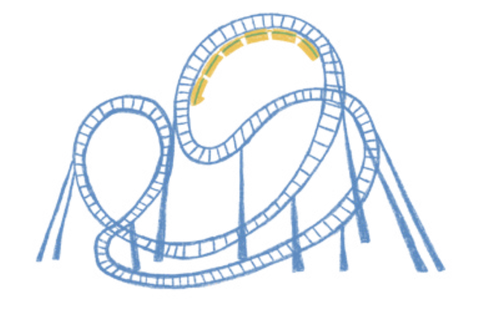These are suggestions from local professionals. Their first point was that any diagnoses is a diagnostic ‘label’ and simply a term used to describe a cluster of symptoms. They emphasise that sometimes this is helpful but sometimes it isn’t. What’s most important however is to celebrate a child’s strengths and contributions to the class, irrespective of their diagnosis and nurture their unique identity. Teachers are fantastic at ‘up skilling’ and bringing out the best in tamariki.
One thing that experience suggests is that the supports and strategies provided here can help ALL tamariki have better school experiences, whether they have a diagnosis or not. They also help teachers feel more connected with students and more effective in their work. Win, win, win!
It’s helpful to attempt viewing the world through the child’s eyes and consider what we can do differently to accommodate and support their perspective.
Reflect on:
- The beliefs we have and assumptions we make
- The way we talk (providing time and space for children to respond, perhaps asking fewer questions)
- The environment (the acoustics and lighting)
- Creating and using more visual supports - these can help all tamariki
We love Attitude TV’s “The Mums” series. Here’s the Education episode - https://attitudelive.com/watch/The-Mums-on-Education . These series of videos provide wonderful insights into parental love, the tricky bits, how schools can support tamariki and whānau learning and doing this altogether.

